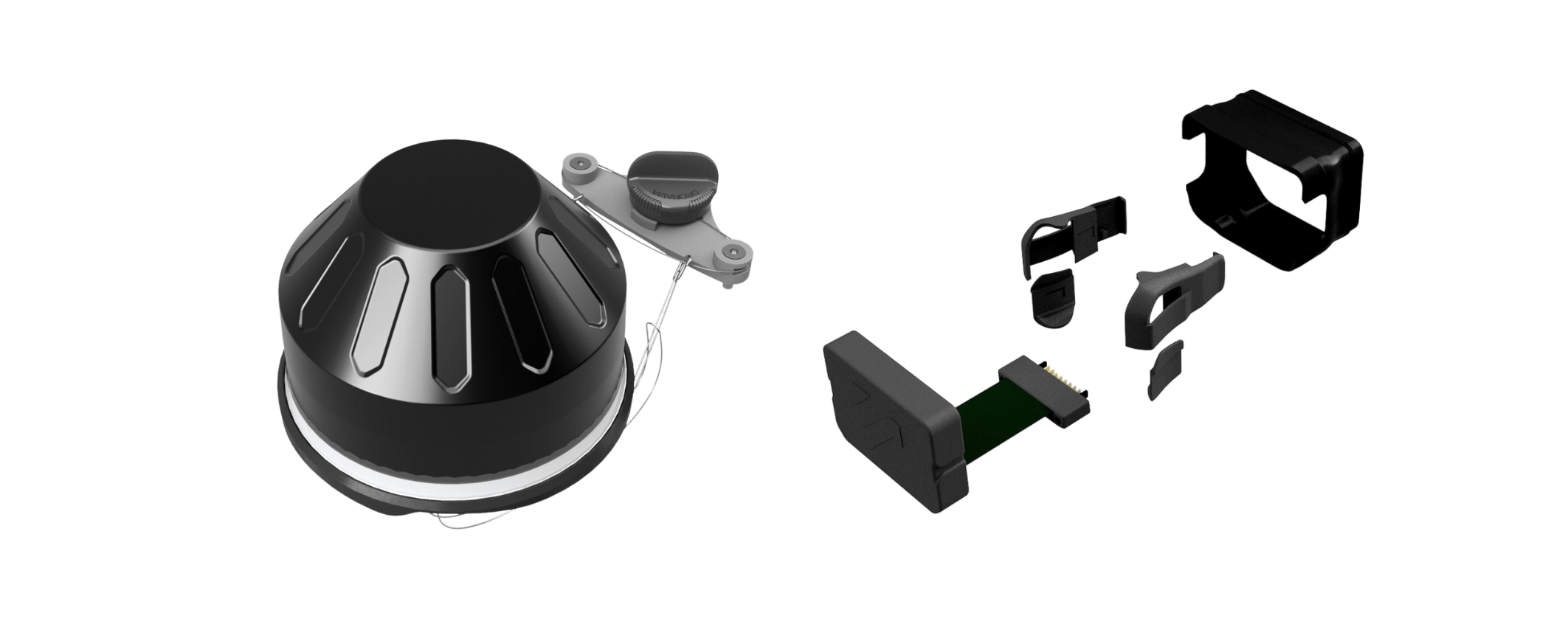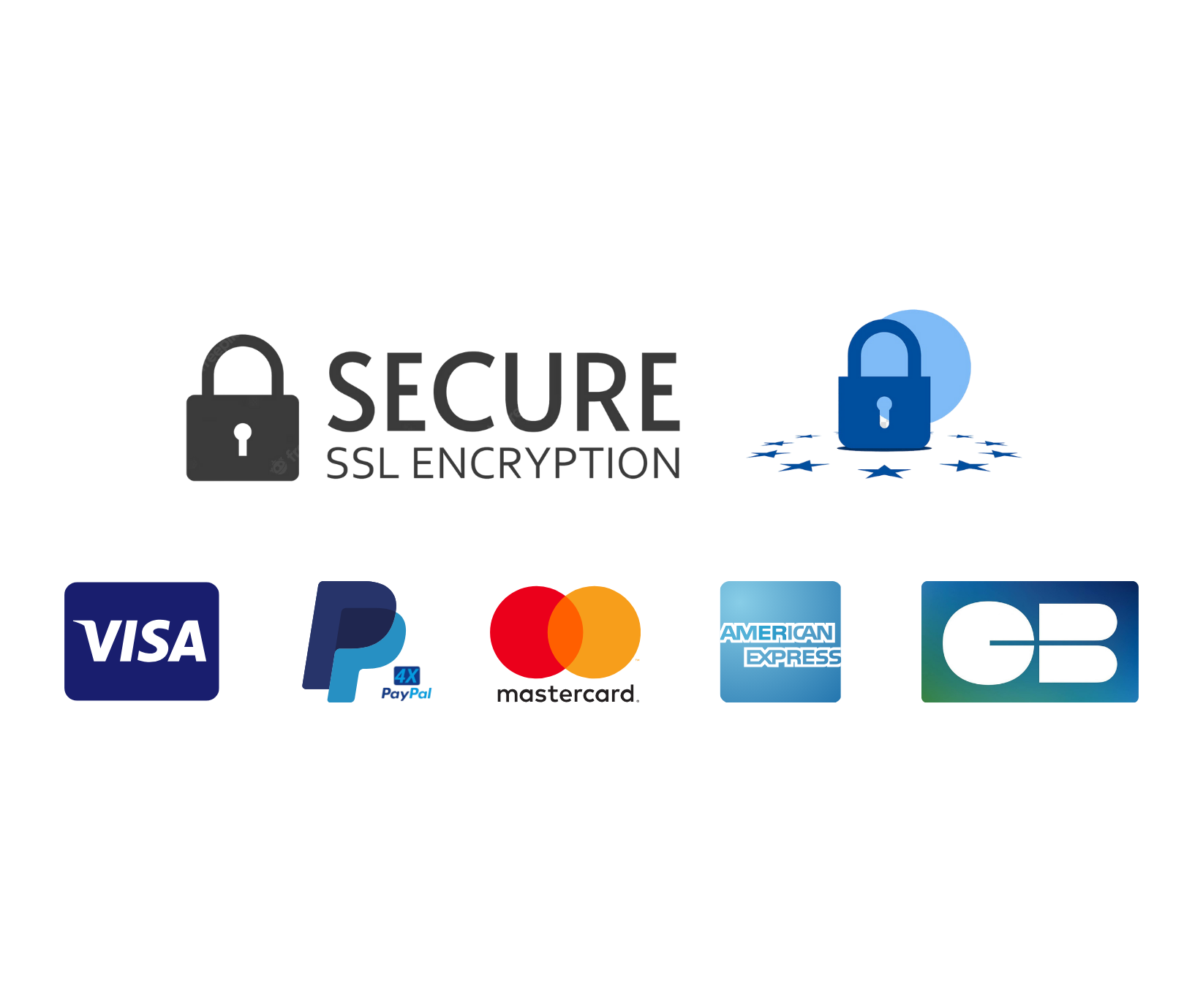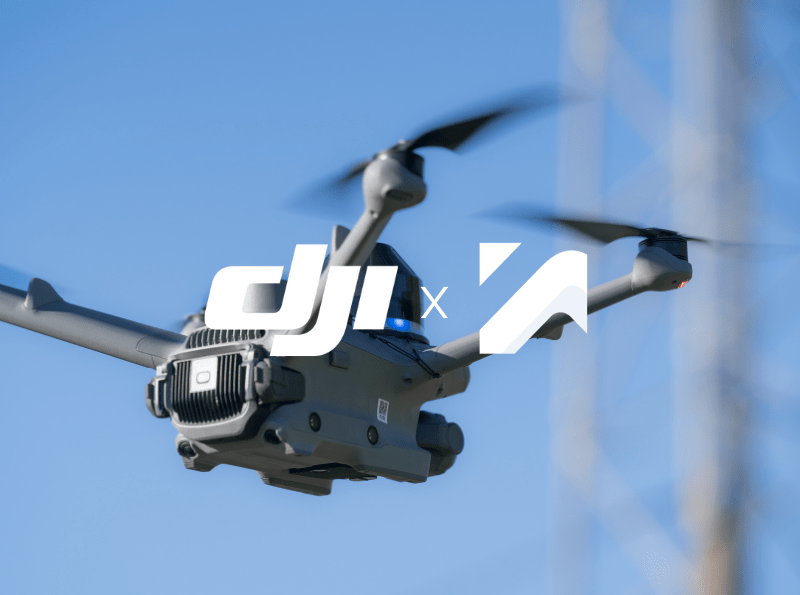Get MOCM2 & MOC2511 for your DJI Matrice 3D & Dock 2
KRONOS
M3D

2499,17 € excl. VAT

Available
EASA COMPLIANCE
Obtain MOCM2 & MOC2511 for your DJI Matrice 3D / 3TD drone.
MOC2511 Flight Termination System
MOC2512 (M2) Parachute Recovery System
Compliance documents
PRS-FTS-MOC Kronos AD MAtrice M3D
Automate your flights and your safety
The fruit of over 8 years of research and innovation, the Kronos M3D system for DJI Matrice 3D/3TD & DJI Dock 2 is designed to offer professional drone operators with innovative safety solutions.
In the event of a problem during a flight mission, the system instantly cuts the drone’s power supply, then deploys an emergency parachute, autonomously and instantaneously, reducing the drone’s fall speed and impact energy.
automate your safety
Kronos M3D Parachute Recovery System (PRS) is compatible with use of the DJI Dock 2 for automated flight missions performed with DJI Matrice 3D / 3TD drone. The Parachute Recovery System (PRS) has been designed to be totally autonomous once installed: direct connection to the drone, automatic start-up, autonomous activation thanks to take-off & landing detection technology and SDK connection.
enjoy a new layer of safety
An SDK module is integrated into the PRS-FTS-MOC Kronos AD Matrice 3D system, enabling you to link your safety accessories to the FlightHub 2 flight management software. Thanks to this link, you can link your flight zone to your safety accessories and automate their activation using Geofencing functions.
remove, insert & fly
Dronavia is proud to introduce its new POD system, integrated into Kronos M3D Parachute Recovery System. After deploying the parachute, the operator simply unscrews the old POD and then screws a new POD onto the parachute system. This simplified rearming process ensures that operators can safely take off again in just a few minutes, without compromising their flying missions.
DJI ECO PARTNER
Dronavia is proud to announce its official designation as a DJI Eco Partner, the result of close collaboration during the development process of the innovative Kronos M3D safety accessories for DJI Matrice 3D & DJI Dock 2.
Autonomous start-up with SDK Module
Connected to DJI Flight Hub 2 with SDK Module
Autonomous deployment system
Equipped with new autonomous deployment technology (mandatory for MOC 2512 (M2) compliance), Kronos PRS and FTS activate automatically in less than 0.27 seconds in the event of a problem. This is a significant reduction compared with the average human time of 3 seconds, and also enables a considerable reduction in the drone’s impact energy.
Autonomous start-up with SDK Module
Autonomous deployment technology is activated automatically when the propeller rotation of the DJI Matrice 3D drone is detected thanks to the connection to the SDK module. Dronavia has automated the entire start-up process for these Kronos M3D safety accessories, to help drone operators carry out their autonomous flight missions.
A soft & controlled landing
The new PARA² canopies used in Kronos parachute systems are the result of 3 years of development. Their innovative, ultra-light design and unique construction give PARA² canopies superior efficiency and stability.
The fall rate is minimised in relation to the canopy surface. Each Kronos parachute is designed so that the canopy(s) keep the drone as flat as possible during its fall in order to minimise damage on impact.
Black box for analysing flight logs
A time-stamped log system is built into the Kronos M3D parachute. It records the triggering actions performed by the user for diagnostic purposes. These logs can be analysed by Dronavia and sent on request.
IP54 watertightness
Like the DJI Matrice 3D drone, Kronos safety accessories are totally waterproof and comply with the IP54 waterproofing standard.
EASA MOC2512 (M2) compliance
EASA has published a new proposed means of compliance for systems installed on drones to reduce ground impact in the event of a crash. The document is aimed at drone operators who are considering fitting a drone with a parachute or demonstrating that the drone has a feature that reduces its impact energy in the event of a crash. The document is also intended for drone manufacturers and manufacturers of mitigation systems (parachute recovery systems).
The MOC 2512 (M2) designates the level of robustness required for the safety system in the event of the drone losing control and falling to the ground.
Depending on the level of robustness, a correction value can reduce or increase the GRC. The more effective the measures, the higher the correction value and the lower the GRC. If the final GRC is greater than 7, it is not possible to request a SORA.
The assessment of the ground risk class (GRC) is covered by stages 2 and 3 of the SORA. The first step covers the definition of the intrinsic GRC, which is the initial level of ground risk, while the second covers the mitigation measures that can be applied to reduce the risk and achieve the final GRC.
Patented & efficient CO2 triggering device
Numerous tests and successive improvements have brought this CO2 system to levels of reliability never before achieved on a Parachute Recovery Systems. The pressurized gas (60 bars!) is released in a fraction of a second to propel the parachute canopy out of its container.
The excess gas released (each cartridge contains several dozen litres) is used to accelerate the deployment of the canopy and minimise the loss of altitude when the parachute is triggered.
POD system
Resetting your Kronos M3D Parachute Recovery System takes just a few minutes. All you have to do is replace your triggered pod with a new one, and then carry out a few simple maintenance operations yourself, as explained and detailed in the parachute user manual.
The CO2 cartridge is the only consumable to be changed on the system after it has been deployed, and a cartridge costs just a few euros. You can either buy a new POD or exchange your deployed POD for a new one at a special price.
Long range with Klick system
The range between the Klick trigger remote control and the PRS / FTS, allowing manual activation of Dronavia systems, can be up to 1.5km, in optimal conditions and in an unobstructed, interference-free environment.
Dronavia offers a ‘Klick Ultra’ option for a range of up to 10 kilometres under optimum conditions in an unobstructed, interference-free environment.
Secure transmission with Klick system
The communication system between the triggering remote control and the PRS / FTS is based on advanced technology and LoRa modulation.
The communication protocol is based on the 869 MHz frequencies, which are free of authorisation (433 and 915 MHz options available). A 128-bit encryption ensures that the data is not intercepted and the user is warned if the communication is disturbed.
SDK Module
An SDK module is integrated into the PRS-FTS-MOC Kronos AD Matrice 3D system, enabling you to link your safety accessories to the FlightHub 2 flight management software. Thanks to this link, you can link your flight zone to your safety accessories and automate their activation using Geofencing functions.
Connect to DJI Flight Hub 2 with SDK Module
Plug & play module
Our new plug & play Flight Termination Systems Kronos M3D, has been designed to enable remote pilots to stay focused on their flying missions. The system can be installed in less than 2 minutes, and is installed between the batteries and the drone.
Secure transmission with Klick system
The communication system between the triggering remote control and the PRS / FTS is based on advanced technology and LoRa modulation.
The communication protocol is based on the 869 MHz frequencies, which are free of authorisation (433 and 915 MHz options available). A 128-bit encryption ensures that the data is not intercepted and the user is warned if the communication is disturbed.
EASA MOC2511 compliance
The Kronos M3D Flight Termination System (FTS) complies with MoC Light-UAS.2511.01, which is an essential compliance requirement when developing a SORA (Special Operations Risk Assessment) or PDRA (Pre-Defined Risk Assessment). This compliance is sufficient to meet the requirements of Part 9, ensures that our customers have the best risk management and safety measures for their special operations, while staying ahead of future European standards. The MOC2511 is sufficient to meet the requirements of Part 9.
Long range with Klick system
The range between the Klick trigger remote control and the PRS / FTS, allowing manual activation of Dronavia systems, can be up to 1.5km, in optimal conditions and in an unobstructed, interference-free environment.
Dronavia offers a ‘Klick Ultra’ option for a range of up to 10 kilometres under optimum conditions in an unobstructed, interference-free environment.
grams only (PRS + FTS)
unlimited autonomy
km of range (maximum)
autonomous deploiement trigger time (sec)
minimum height of effectiveness (meters)
working temperature
sealing indication
minutes installation time
dimensions (mm)
KRONOS M3D
Flight Termination System for DJI Matrice 3D/3TD




